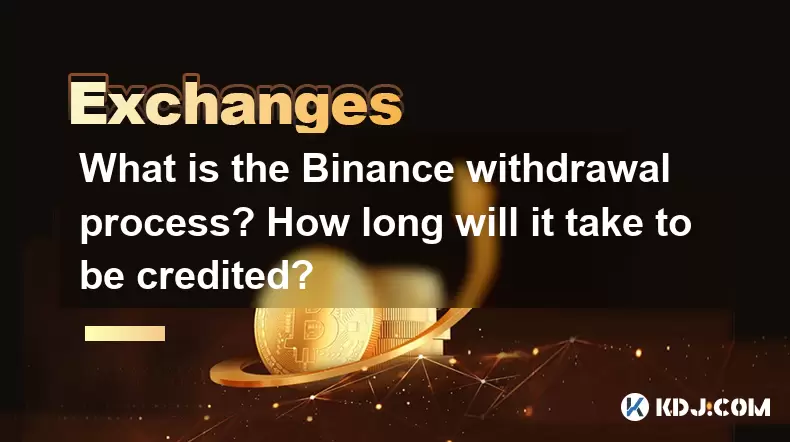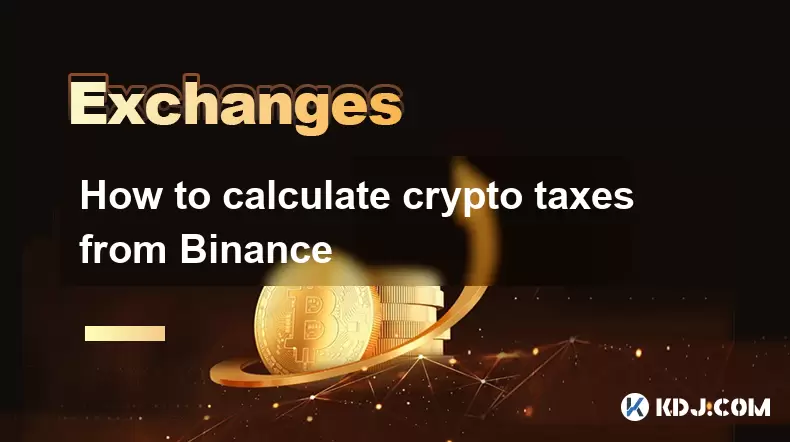-
 Bitcoin
Bitcoin $117500
2.15% -
 Ethereum
Ethereum $3911
6.19% -
 XRP
XRP $3.316
10.79% -
 Tether USDt
Tether USDt $1.000
0.01% -
 BNB
BNB $787.2
2.24% -
 Solana
Solana $175.2
4.15% -
 USDC
USDC $0.9999
0.00% -
 Dogecoin
Dogecoin $0.2225
8.40% -
 TRON
TRON $0.3383
0.28% -
 Cardano
Cardano $0.7868
6.02% -
 Stellar
Stellar $0.4382
9.34% -
 Hyperliquid
Hyperliquid $40.92
7.56% -
 Sui
Sui $3.764
7.63% -
 Chainlink
Chainlink $18.48
10.66% -
 Bitcoin Cash
Bitcoin Cash $582.1
1.88% -
 Hedera
Hedera $0.2601
6.30% -
 Avalanche
Avalanche $23.33
4.94% -
 Ethena USDe
Ethena USDe $1.001
0.02% -
 Litecoin
Litecoin $122.3
2.04% -
 UNUS SED LEO
UNUS SED LEO $8.969
-0.27% -
 Toncoin
Toncoin $3.339
0.86% -
 Shiba Inu
Shiba Inu $0.00001287
4.30% -
 Uniswap
Uniswap $10.43
7.38% -
 Polkadot
Polkadot $3.861
5.08% -
 Dai
Dai $1.000
0.02% -
 Bitget Token
Bitget Token $4.513
3.41% -
 Monero
Monero $267.7
-6.18% -
 Cronos
Cronos $0.1499
4.14% -
 Pepe
Pepe $0.00001110
5.15% -
 Aave
Aave $284.9
8.28%
What is the Binance withdrawal process? How long will it take to be credited?
The Binance withdrawal process involves verifying your account, initiating the withdrawal, and understanding fees and limits, with transaction times varying by cryptocurrency.
May 17, 2025 at 08:02 pm

The Binance withdrawal process is an essential feature for users who wish to move their cryptocurrency from the Binance platform to an external wallet or another exchange. Understanding the steps involved and the typical time frames for these transactions can help users manage their assets more effectively. In this article, we will detail the Binance withdrawal process and discuss how long it typically takes for withdrawals to be credited.
Preparing for Withdrawal
Before initiating a withdrawal from Binance, it's important to ensure that your account is properly set up and verified. Verification is crucial for higher withdrawal limits and security. Here are the steps to prepare for a withdrawal:
- Complete the KYC (Know Your Customer) process: Navigate to the 'User Center' on Binance, select 'Identification', and follow the prompts to submit the required documents. This may include a government-issued ID and a proof of address.
- Enable Two-Factor Authentication (2FA): Go to the 'Security' section in your account settings and set up 2FA using an authenticator app like Google Authenticator or Authy. This adds an extra layer of security to your account.
- Ensure Sufficient Balance: Check your wallet on Binance to confirm that you have enough of the cryptocurrency you wish to withdraw.
Initiating the Withdrawal
Once your account is prepared, you can proceed with the withdrawal process. Here’s how to do it:
- Navigate to the Wallet Section: Log into your Binance account and go to the 'Wallet' section, then click on 'Overview'.
- Select the Cryptocurrency: From the list of cryptocurrencies, choose the one you want to withdraw.
- Click on Withdraw: After selecting the cryptocurrency, click on the 'Withdraw' button.
- Enter the Withdrawal Address: Input the address of the external wallet where you want to send the cryptocurrency. Make sure this address is correct, as transactions cannot be reversed.
- Specify the Amount: Enter the amount you wish to withdraw. Be aware of any minimum withdrawal amounts and network fees that may apply.
- Review and Confirm: Double-check all the details, including the withdrawal address and amount. If everything is correct, click 'Submit'.
- Complete 2FA: You will be prompted to enter your 2FA code to confirm the transaction.
Understanding Withdrawal Fees and Limits
Binance charges a withdrawal fee for each transaction, which varies depending on the cryptocurrency. These fees are used to cover the costs of network transactions. You can find the fee for each cryptocurrency on the withdrawal page before you confirm the transaction.
Additionally, Binance has withdrawal limits that depend on your account verification level. Standard accounts have lower limits compared to verified accounts. You can view your limits in the 'Wallet' section under 'Withdraw'.
Transaction Processing Time
The time it takes for a withdrawal to be credited to your external wallet can vary based on several factors, including the type of cryptocurrency, the network congestion, and the receiving wallet's processing speed. Here are some general time frames:
- Bitcoin (BTC): Withdrawals typically take between 1 to 60 minutes. During times of high network congestion, it may take longer.
- Ethereum (ETH): ETH withdrawals usually take between 5 to 30 minutes.
- Other Cryptocurrencies: The time can range from a few minutes to several hours, depending on the specific cryptocurrency and network conditions.
Monitoring Your Withdrawal
After initiating a withdrawal, you can track its status in the 'Transaction History' section of your Binance account. Here’s how to do it:
- Go to the 'Wallet' Section: Click on 'Transaction History'.
- Filter by Status: You can filter the transactions by status such as 'Pending', 'Processing', or 'Completed'.
- Check the Details: Look for the withdrawal you initiated and check its status. If it shows 'Completed', the transaction has been sent to the blockchain.
Receiving the Withdrawal
Once the withdrawal is processed by Binance and sent to the blockchain, the final step is for the receiving wallet to confirm the transaction. This can take additional time depending on the wallet's processing speed and the blockchain's confirmation requirements.
- Check the Receiving Wallet: Open the wallet where you sent the cryptocurrency and look for the incoming transaction.
- Wait for Confirmations: Most wallets require a certain number of blockchain confirmations before the transaction is considered complete. For example, Bitcoin typically requires 3 confirmations, while Ethereum may require 12.
Frequently Asked Questions
Q: Can I cancel a withdrawal after it has been initiated?
A: Once a withdrawal is initiated and confirmed, it cannot be canceled. It is crucial to double-check all details before submitting the withdrawal request.
Q: What should I do if my withdrawal is taking longer than expected?
A: If your withdrawal is taking longer than the typical time frame, first check the transaction status in your Binance account. If it shows as 'Completed', the delay may be due to network congestion or issues with the receiving wallet. You can also contact Binance support for further assistance.
Q: Are there any risks associated with withdrawing cryptocurrency from Binance?
A: Yes, there are risks such as sending funds to an incorrect address, which can result in permanent loss of funds. Additionally, network fees and potential delays due to congestion should be considered. Always ensure the withdrawal address is correct and be aware of the current network conditions.
Q: How can I minimize withdrawal fees on Binance?
A: To minimize withdrawal fees, consider withdrawing larger amounts at once to spread the fixed fee over a larger sum. Also, keep an eye on the withdrawal fees for different cryptocurrencies, as they can vary, and choose the one with the lowest fee for your transaction.
Disclaimer:info@kdj.com
The information provided is not trading advice. kdj.com does not assume any responsibility for any investments made based on the information provided in this article. Cryptocurrencies are highly volatile and it is highly recommended that you invest with caution after thorough research!
If you believe that the content used on this website infringes your copyright, please contact us immediately (info@kdj.com) and we will delete it promptly.
- Ethereum, Staking Yields, and DeFi Exposure: A New Era for Investors?
- 2025-08-08 15:10:12
- Unilabs Pumps MIA, Binance Coin Bouncing Back, and Ethereum's Bearish Blues
- 2025-08-08 15:10:12
- Ethereum's Wyckoff Markup and Market Rotation: A New Era?
- 2025-08-08 15:30:12
- Ethereum, Vitalik Buterin, and the Overleveraged Game: A Balancing Act
- 2025-08-08 15:30:12
- Ethereum, Corporate Treasuries, and Vitalik Buterin: A New Era for ETH?
- 2025-08-08 15:36:08
- BNB Price, Binance Staking, and SEC Concerns: What's the Deal?
- 2025-08-08 15:36:08
Related knowledge

How to use margin trading on Poloniex
Aug 08,2025 at 09:50am
Understanding Margin Trading on Poloniex

How to use advanced trading on Gemini
Aug 08,2025 at 04:07am
Understanding Advanced Trading on GeminiAdvanced trading on Gemini refers to a suite of tools and order types designed for experienced traders who wan...

How to deposit USD on Bitstamp
Aug 07,2025 at 05:18pm
Understanding Bitstamp and USD DepositsBitstamp is one of the longest-standing cryptocurrency exchanges in the industry, offering users the ability to...

How to use the Kraken Pro interface
Aug 08,2025 at 09:57am
Understanding the Kraken Pro Interface LayoutThe Kraken Pro interface is designed for both novice and experienced traders seeking a streamlined experi...

How to find my transaction ID on Gemini
Aug 08,2025 at 12:50am
Understanding the Transaction ID in Cryptocurrency ExchangesA transaction ID (TXID) is a unique alphanumeric string that identifies a specific transfe...

How to calculate crypto taxes from Binance
Aug 08,2025 at 07:56am
Understanding Cryptocurrency Taxation on BinanceCalculating crypto taxes from Binance requires a clear understanding of how tax authorities classify d...

How to use margin trading on Poloniex
Aug 08,2025 at 09:50am
Understanding Margin Trading on Poloniex

How to use advanced trading on Gemini
Aug 08,2025 at 04:07am
Understanding Advanced Trading on GeminiAdvanced trading on Gemini refers to a suite of tools and order types designed for experienced traders who wan...

How to deposit USD on Bitstamp
Aug 07,2025 at 05:18pm
Understanding Bitstamp and USD DepositsBitstamp is one of the longest-standing cryptocurrency exchanges in the industry, offering users the ability to...

How to use the Kraken Pro interface
Aug 08,2025 at 09:57am
Understanding the Kraken Pro Interface LayoutThe Kraken Pro interface is designed for both novice and experienced traders seeking a streamlined experi...

How to find my transaction ID on Gemini
Aug 08,2025 at 12:50am
Understanding the Transaction ID in Cryptocurrency ExchangesA transaction ID (TXID) is a unique alphanumeric string that identifies a specific transfe...

How to calculate crypto taxes from Binance
Aug 08,2025 at 07:56am
Understanding Cryptocurrency Taxation on BinanceCalculating crypto taxes from Binance requires a clear understanding of how tax authorities classify d...
See all articles

























































































